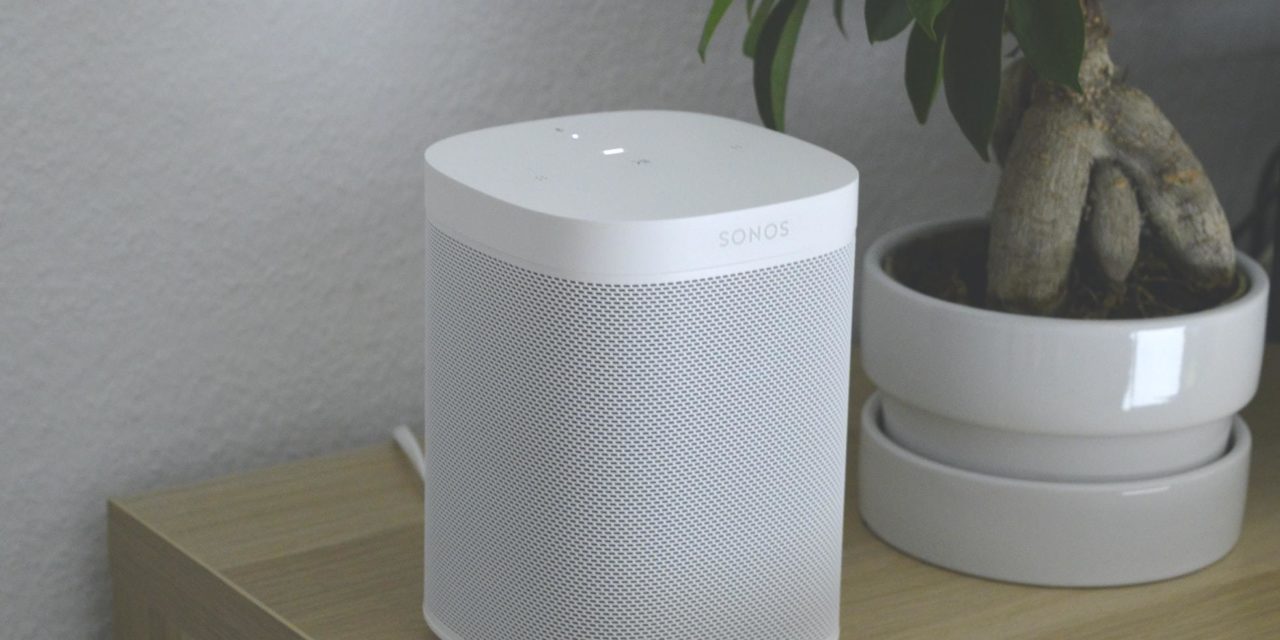[ad_1]
One of the most overlooked aspects of DJing is headphone selection. It could be argued that being able to properly hear the music that is being cued and mixed is one of the most important aspects of a live DJ experience. The club environment is an extremely noisy one, and without the proper equipment it can be easy to get lost in the cacophony of sounds that present themselves.
There are three main sources of music that a DJ will be faced with when performing live. The first is the mix that is being heard on the dance floor itself. Most of the time, due to the position of the DJ booth and the fact that the venue's sound system is designed to fire towards the dance floor and away from the DJ, this will sound loud, muddy and confusing. DJ's must be able to tune out this music while they are mixing, only listening when they want to specifically check on certain sonic aspects of the music they are playing. A DJ's window onto what is being heard by partyers out on the dance floor is the monitor, or second music source. A monitor is a speaker or two speakers which represent the mix that is being sent to the club's main sound system. Since the monitor or monitors are located in the DJ booth, there are no distracting echoes or timing issues to cloud the sound.
The third sound source in a DJ booth are the headphones. The headphones are plugged into the mixer, and they are designed to allow the DJ to hear any of the tracks playing through that board. They can also listen to several sources at once, such as when the DJ wants to mix a cued track into what is already playing through the loudspeakers. The headphones are a crucial piece of gear for a DJ who wants to make sure that their transitions are dead-on accurate.
Obviously, clubs are noisy places. On top of the extremely loud music, there is also noise from the crowd combined with the chatting of other people who may be in or around the DJ booth. This makes it important to ensure that the headphones which have been selected are able to completely block out any external sound when it is time to perform a mix. Most headphones accomplish this by completely encircling the ear. By covering each of the ears, it is possible to make a fairly effective seal against outside noise. Proper DJ headphones are also self-contained, meaning that no sound leaks from them while they are being used. Some of the most popular DJ headphones are the V-series from Sony. For many years, the MDR-V500 was one of the standard DJ headphones in use around the world, and while still very good, they have been supplanted by the MDR-V700. These are larger and heavier than the previous generation, but they provide excellent clarity when listening in loud environments.
It is clear that when it comes to DJing, ear buds will not do. Comfortable, over-ear headphones which are capable of providing powerful bass response and distinguished highs are the best option for DJ's who want to make sure that they can execute flawless mixes every time.
[ad_2]
Source by Khary Reynolds

